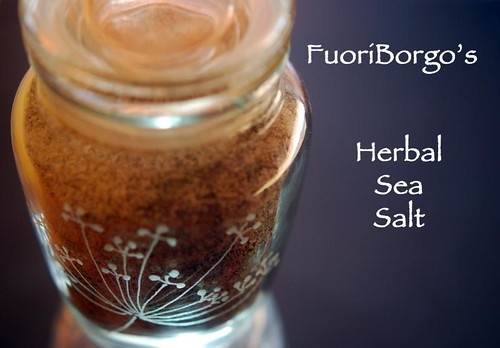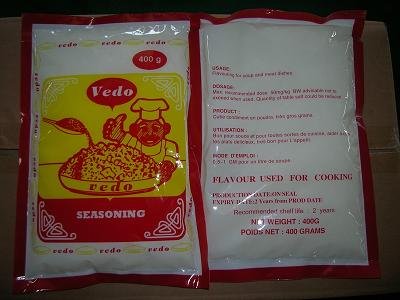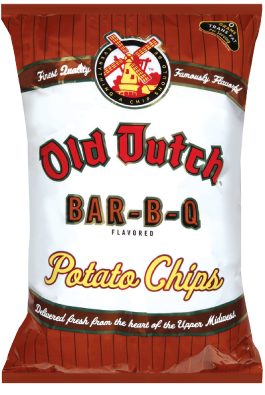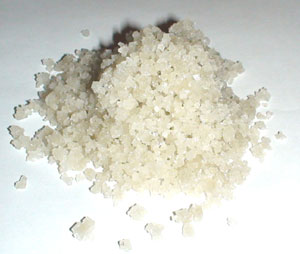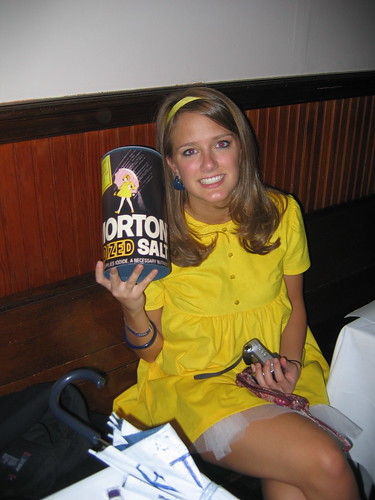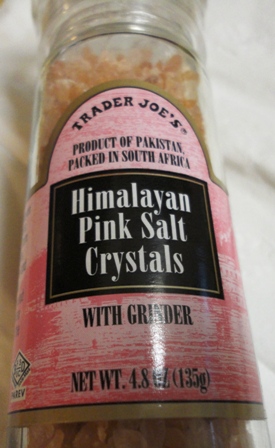Is All Salt Sea Salt
So why are there so many different kinds of salt on the market? There is table salt, sea salt, iodized salt, rock salt, kosher salt, popcorn salt, margarita salt, fleur de sel... the list goes on and on. The only differences are in two areas the chemicals added during processing, and the size (coarseness) of the grains. Period. That's it.
Let's look at the additives first. The better know of these is the iodine in iodized salt. It is added in the form of potassium iodide (to a maximum of 1/100th of 1% by weight) as a dietary supplement to prevent thyroid disease, and is always accompanied by a stabilizing agent such as dextrose (yes, sugar in salt) or sodium thiosulfate. Even sea salt and kosher salt may be iodized, so read the labels carefully.






